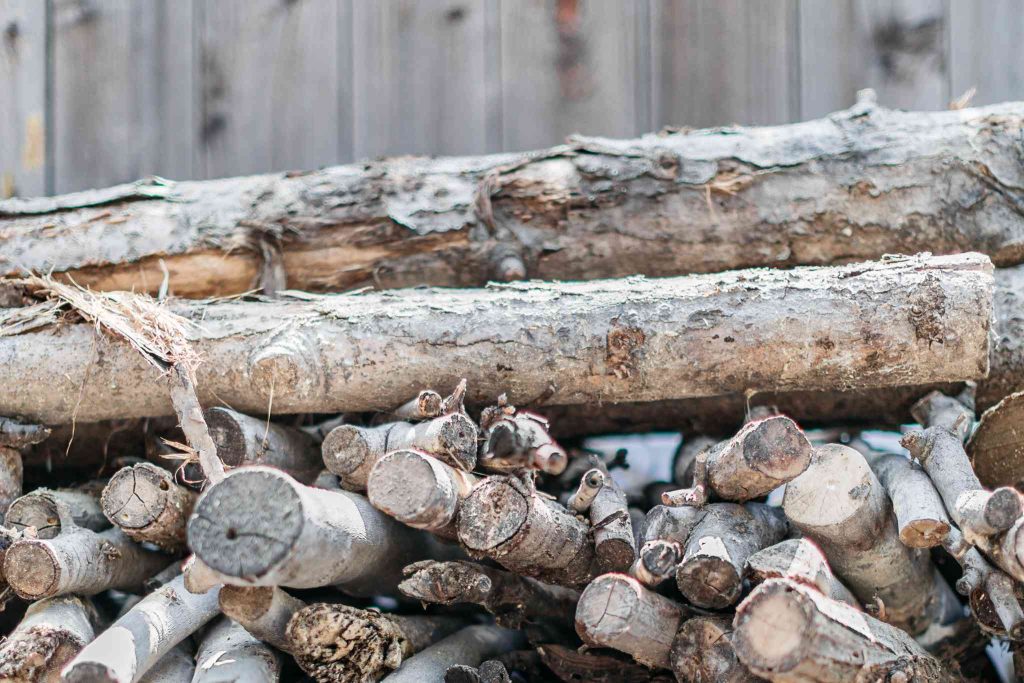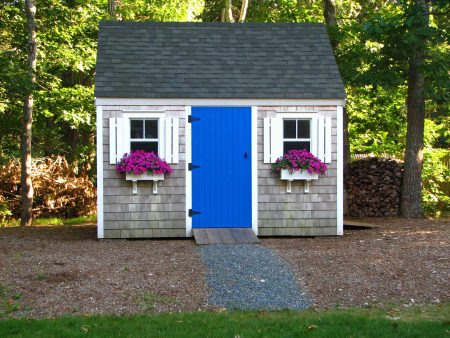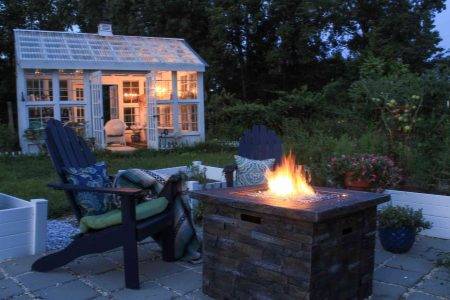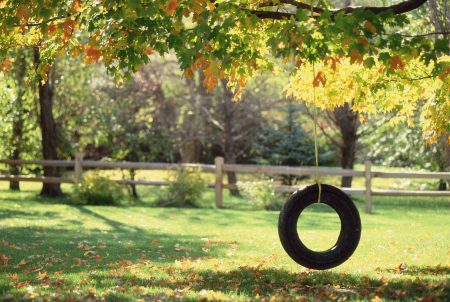Burning wood in a fireplace or other wood-burning appliance can be a comforting way to generate heat and ambiance. And depending on firewood costs and availability in your area, it also might reduce your overall heating costs. So it’s important to know what goes into purchasing and storing cords of firewood.
What Is a Cord of Firewood?
A cord is a unit of measurement for firewood. To measure the firewood, you must stack it as tightly as possible with the pieces running parallel to one another; wood stacked parallel is also called a running cord. Then, the volume of the wood is taken. It is typically 600 to 800 pieces of firewood.
Regulations about cord size can vary by country. In the United States, the definition of a cord is typically a volume of 128 cubic feet—or a stack that is 4 feet wide, 4 feet high, and 8 feet long. This can differ slightly from state to state, so do check your local cord size regulation before ordering.
Other Firewood Measurements
While a full cord is typically 4 feet wide by 4 feet high by 8 feet long, there are several other terms used for firewood measurement:
- Face cord or rick cord: Stack of wood 16 inches wide by 4 feet high by 8 feet long; a face or rick cord is usually smaller than a full cord
- Sheldon cord: Varies in size and is often bigger than a full cord; this measurement varies based on location and seller (confirm the stack size you’re buying with the seller to make accurate cost estimates when making price comparisons)
- Bush and stove cord: Terms that mean the same thing as a full cord of wood
- Half cord or one-third cord: One-third and half cords of wood can be made up of shorter lengths of firewood, but that isn’t always the case. Full cords usually have longer logs; half and one-third-cord logs are typically 32 or 48 inches long. A half cord can have three rows of 16-inch-long logs in piles 4 feet tall, 4 feet long, and 4 feet deep. Third cords are made of two rows that total 4 feet tall, 4 feet wide, and 32 inches deep.
- Truckload of wood: This term is not specific; literally, a truckload of wood, the wood pile varies based on the pickup truck’s size. If the seller uses this term, ask for a specific measurement in cubic feet or stack dimensions.
9 Tips for Storing Firewood
Firewood Storage
If you’ve purchased firewood that’s already been split and dried, all you have to do is stack it in a convenient spot. But if your firewood is green or wet and not split, you have a little more work to do. First, split it into manageable pieces both for carrying and burning. Then, find a spot with good airflow to stack it for air drying. Avoid stacking wood between trees, as wind can move the trees and topple the pile.
How efficient the drying process is depends on how you stack your wood. Start the stack off the ground either on logs, bricks, or pallets. From there, the most practical method is to stack the wood in a row with stakes at each end. If you need to stack the wood more than one row deep, leave space between the rows for air circulation.
Moreover, because burning dry wood is recommended (green wood tends to generate a lot of smoke), stack the driest wood on top of your pile for easy accessibility. Likewise, aim to use the oldest wood in your pile first to minimize its potential for rot. Once you’re done stacking, cover only the top of the pile with a tarp or other cover to protect it from the elements but still allow for adequate airflow.
There are different types of firewood racks and holders for either indoor or outdoor use. Keeping only a day or two’s worth of firewood indoors is best. Firewood can bring in unwanted pests, dirt and debris, and pollen. And if it’s not completely dry, the moisture within the wood can create excess humidity in your home.
Read the full article here









